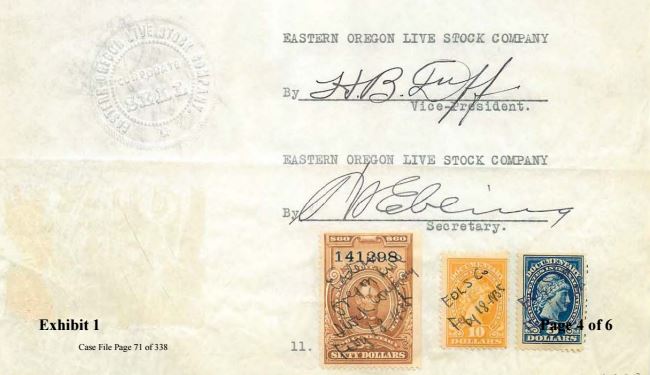You seem to grasp that NSA is watching your every move, but can’t quite swallow that local law enforcement is likewise spying on you? According to Kim Komando, America’s Digital Goddess, you need to think again. New technology allows local law enforcement to engage in much more than just the type of “ping tracing” of cellphone locations that they have been doing for some time. Now they can easily capture whole conversations and all the data being transmitted — not just from target cellphones, but all surrounding cellphones as well. And because the temptation is just too great, they have started doing it on a regular basis.
 Smartphones have changed the way that law enforcement can track cellphone data. When a judge approves what would normally be considered a run-of-the-mill “tap and trace” warrant, police officers can instead simply use a device that steals incoming and outgoing data from every phone nearby the target suspect’s phone. No warrant required.
Smartphones have changed the way that law enforcement can track cellphone data. When a judge approves what would normally be considered a run-of-the-mill “tap and trace” warrant, police officers can instead simply use a device that steals incoming and outgoing data from every phone nearby the target suspect’s phone. No warrant required.
The biggest concern about StingRay tracking is the fact that StingRays don’t just steal data from whomever the police are targeting: They steal incoming and outgoing data from people who just happen to be in the vicinity of the police’s target.
Judges in Pierce County, Washington, thought that police officers and the judges approving their warrants should be more informed about the effects of a StingRay data collector.
The court published standards for its law enforcement officers that asked them to swear in affidavits that they would destroy any phone data collected from people who aren’t the targets of a police investigation.
The judges, according to the new standards published by the Washington court, had only heard about the power of StingRay technology because of an article published in a local newspaper.
Because of the court’s lack of familiarity with StingRay technology, police didn’t usually have to explain whether or not they planned on using the device. The court’s new standards require that police be forthcoming in their warrants when they intend to use a StingRay.
Though it seems like a privacy issue, all the court really wants from the police is to disclose their surveillance plans. It’s a reasonable message that also expects local courts to familiarize themselves with the latest technology that police are using to catch crooks. Let’s hope that Washington is just the first court to jump into the 21st century.
It’s infuriating the lengths that the government is going to in order to hide their spying. Now, they’re blocking an investigation.
The American Civil Liberties union put in a routine request for public records about the use of surveillance in Florida. Before the police could respond, the U.S. Marshals Service jumped in and confiscated the documents.
ACLU staff attorney Nathan Freed Wessler called the move “truly extraordinary and beyond the worst transparency violations” the group has seen regarding documents detailing police use of the technology.
“This is consistent with what we’ve seen around the country with federal agencies trying to meddle with public requests for StingRay information,” Wessler said, noting that federal authorities have in other cases invoked the Homeland Security Act to prevent the release of such records. “The feds are working very hard to block any release of this information to the public.”
The request was to find out more about “StingRays,” which are structures that simulate a cellphone tower and trick nearby mobile devices to connect to them, giving up the phone’s location.
A StingRay can see and record a device’s unique ID number and traffic data, as well as information that points to its location. By moving a StingRay around, authorities can triangulate a device’s location with greater precision than is possible using data obtained from a carrier’s fixed tower location.
The ACLU wanted to see the records because they’ve learned that a Florida police detective got permission to use a StingRay by filing a request with the court instead of getting a probable-cause warrant.
Recently, the Tallahassee police department revealed it had used StingRays at least 200 times since 2010 without telling any judge because the device’s manufacturer made the police department sign a non-disclosure agreement that police claim prevented them from disclosing use of the device to the courts.
This should make you want to protect your phone right now.





The solution is: Shoot your smartphone. damn thing won’t be so smart after its shot.